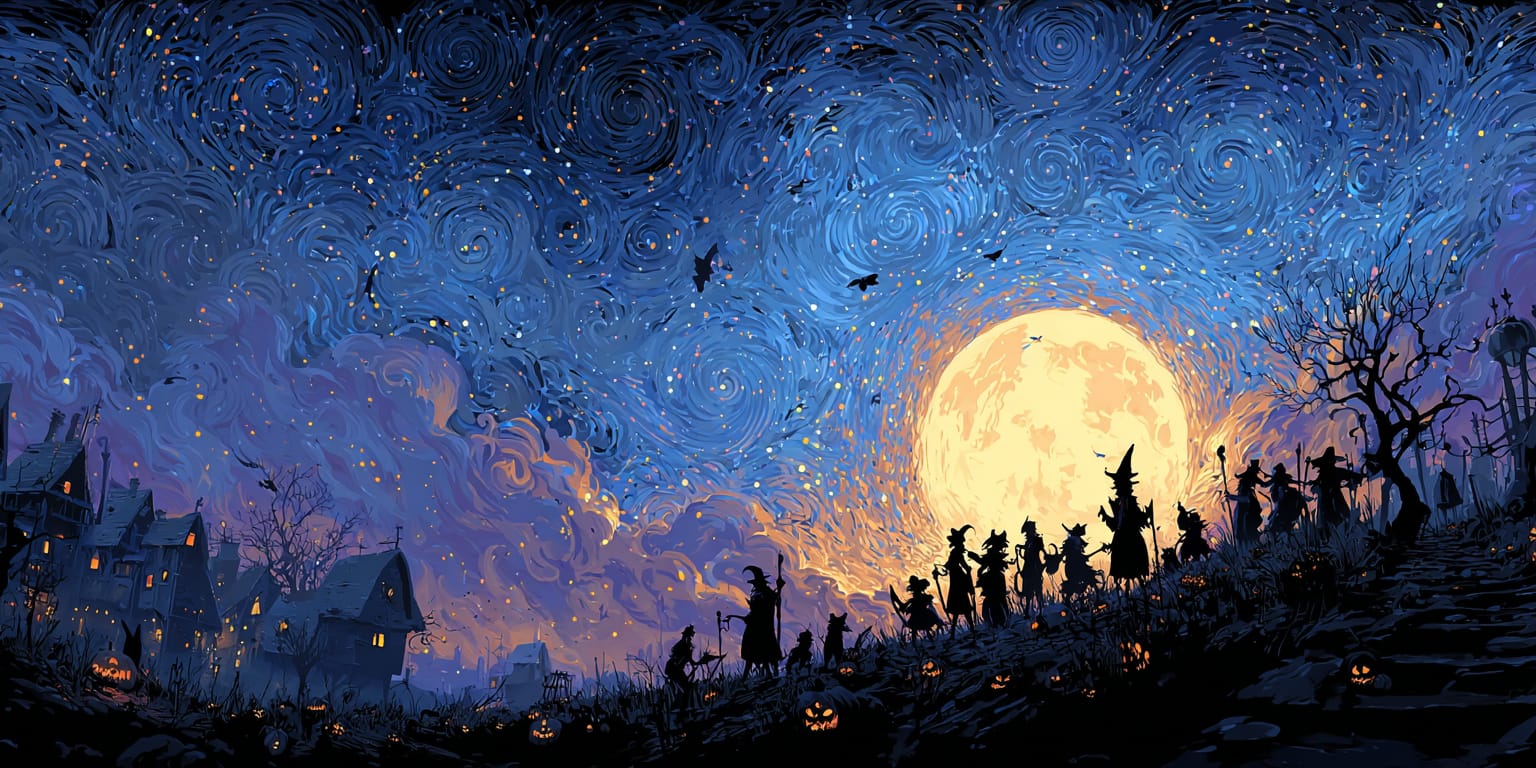Each autumn, as darkness gathers in the natural world, it also gathers in the human one. This year’s headlines remind us that the shadow is not a mythic idea but a lived reality — playing out in war, displacement, political rage, and deepening division. Halloween, though playful, offers an ancient symbolic language for this moment: a ritual encounter with what we would rather not see.
Halloween endures because it satisfies a profound psychological need — to face the hidden and ungoverned forces within us. In Jung’s terms, it is a night when the persona and the shadow exchange places, allowing what is disowned to step briefly into the light. The mask becomes revelation. Beneath the witch’s cloak or the vampire’s grin, the psyche experiments with its own darkness and learns, for a moment, to hold it without fear.
Across the world, the collective shadow is showing itself with startling clarity. The aggression, cruelty, and despair erupting on the global stage are not foreign to us; they arise from the same psychic roots that Halloween symbolically acknowledges. The festival’s archetypal images remind us that evil expands when denied, and that the work of consciousness — individual or collective — begins with recognition.
The laughter and masquerade of Halloween may seem trivial beside real suffering, yet they carry a quiet wisdom. They show that transformation begins in honest confrontation. Shared fear can become compassion; acknowledgment can become responsibility. As the candles flicker in carved pumpkins, they echo a deeper hope — that by meeting the darkness rather than fleeing it, humanity might recover a little light
If you need some more spooky fuel, you can watch This Jungian Life as they unpack the concept of The Devil. You can also read more on The Shadow in Ann Casement’s new book Integrating Shadow: Authentic Being in the World, or explore the supernatural with Trauma and the Supernatural in Psychotherapy: Working with the Curse Position in Clinical Practice by Alex Monk.

